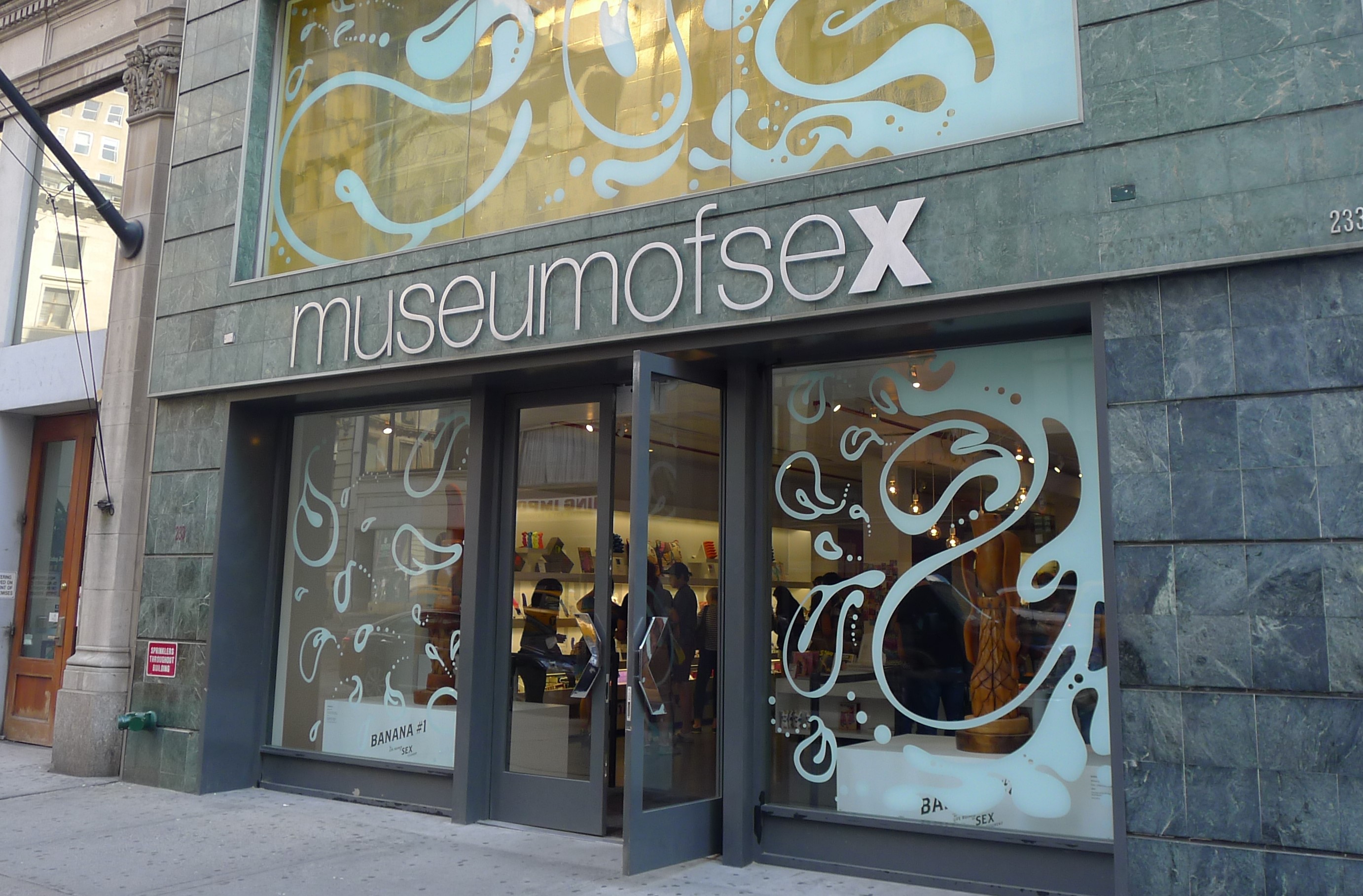Sep 28 2018 - Mar 4 2019
New York City, NY
Leonor Fini: Theatre of Desire, 1930-1990 is the first American museum survey of the work of this Argentine-Italian artist (b. 1907, Buenos Aires, Argentina–d. 1996, Paris, France). The exhibition explores Leonor Fini’s life and career from the 1930s to the 1980s, and includes paintings, book illustrations, drawings and costume designs, as well as objects she designed, such as her iconic ‘Shocking’ perfume bottle for Elsa Schiaparelli.
Although Fini exhibited in major Surrealist surveys throughout the 1930s and 40s, and counted Max Ernst and Salvador Dalí as friends, she rejected the invitation to officially join the group, disavowing movement leader André Breton’s traditional view of woman as muse.
Multi-talented and fearlessly forward thinking, she refused to be categorized in any way, especially through gender norms. Her art explored the masculine and feminine, dominance and submission, eroticism and humor. She also went beyond the medium of painting to embrace theatre, ballet, the illustrated book and costume. She not only rejected tradition and social conventions, she insisted that identity, like artistic expression, is never fixed – it must constantly be open to inspiration and imagination.
Largely self-taught, as a teenager growing up in Trieste she liked to visit the morgue and always took inspiration from a wide range of art and literature. In the 1930s she won the attention of critics thanks to her first exhibitions at the Julien Levy Gallery and her inclusion in the major Fantastic Art, Dada, Surrealism exhibition in 1936 at MoMA in New York. She also quickly acquired a reputation for uncensored eroticism within a figurative style that might be compared to earlier art styles – the Symbolists, Pre-Raphaelites and Flemish Masters from Bosch to Bruegel, but which also advanced the artistic aspirations of Surrealism. From then through to her last works, she inverted canonical traditions of the muse by staging men as androgynous, passive beauties and herself as a Sphinx-like force, embodying the power of both life and death.
Credit: Exhibition overview from museum website
Exhibition Venues & Dates
Sep 28 2018 - Mar 4 2019
New York City, NY
